
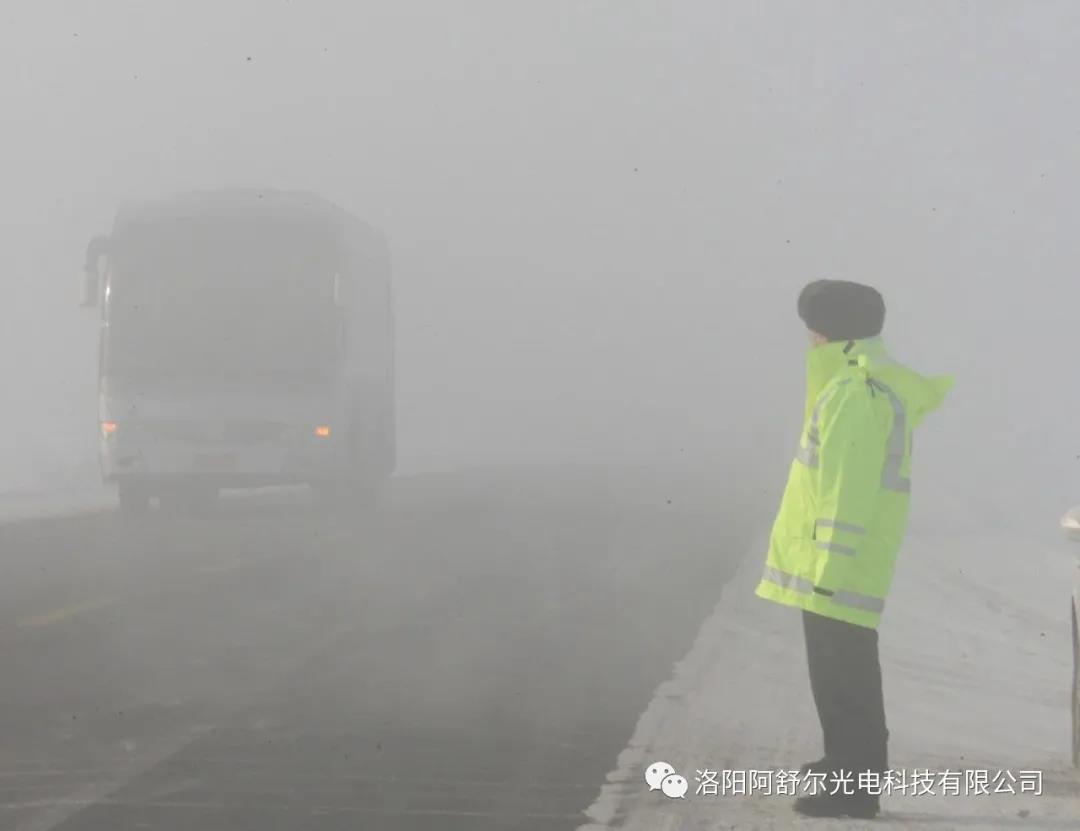
Figure 1 Highway low visibility weather scene
"Visibility is a complex psychophysical phenomenon."
Visibility is a physical quantity related to people's psychological effects. Its measured value is directly related to the user's vision when applied. People's observation of whether an object is visible depends on the background, surrounding environment and people's psychology. Therefore, even if an accurate atmospheric extinction coefficient is obtained using optical measurement methods, corrections are required to obtain usable visibility values. In China, the research on visibility detectors can be traced back to the mid-1960s.
Compared with manual visual inspection, the reliability of instrument measurement is higher, especially at night.
The development of forward scattering visibility detectors started after 2000. Unlike transmission visibility detectors, forward scattering visibility detectors have no baseline requirements, integrated design, compact structure, convenient installation, and wide use scenarios. Although the accuracy of the front-diffusion type visibility detector is not as high as that of the transmission-type visibility detector, time accumulation can be used to obtain the average value of multiple measurements to solve the problem of poor spatial representation. The representativeness of small-volume sampling can be improved by averaging a large number of samples. Often used as a daily monitoring instrument.
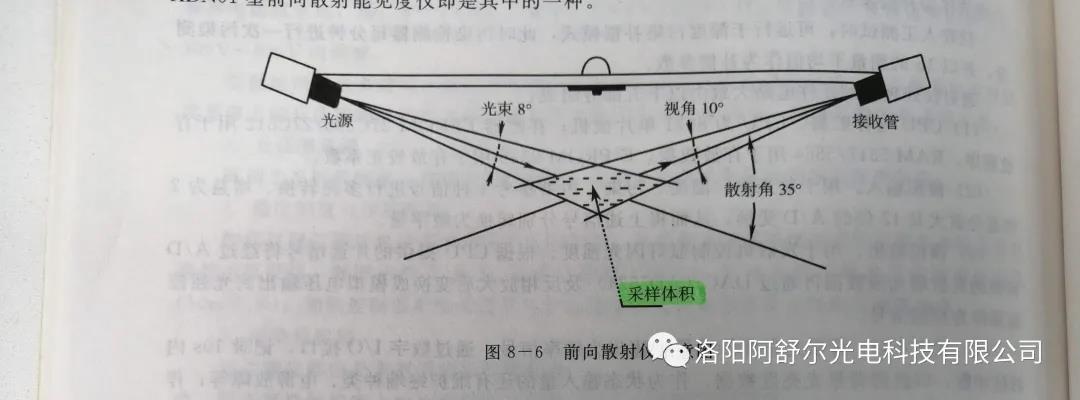
Figure 2 Structure of forward scattering visibility sensor
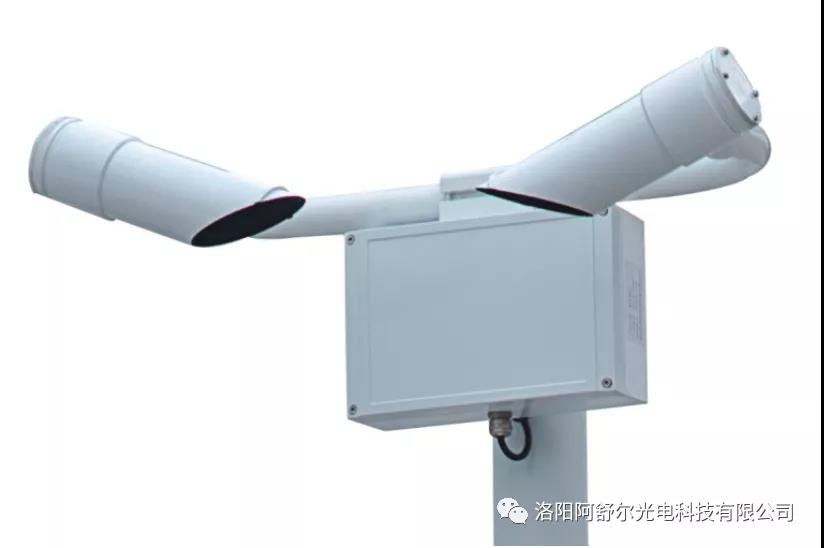
Figure 3 Appearance of ASHUR-VD920/930 series visibility meter
As market demand continues to increase, as a user, how do you test and verify the purchased or used forward scattering visibility detector?
First of all, the accuracy and consistency of visibility detectors are completely controlled by the manufacturer. So as a manufacturer, how do you control it? The method of standard measurement transfer is adopted, that is, the manufacturer regularly entrusts a visibility measurement and testing institution to perform measurement calibration, obtains the instrument error, completes the calibration and calibration of batch visibility detectors in its own laboratory, and ensures consistency.
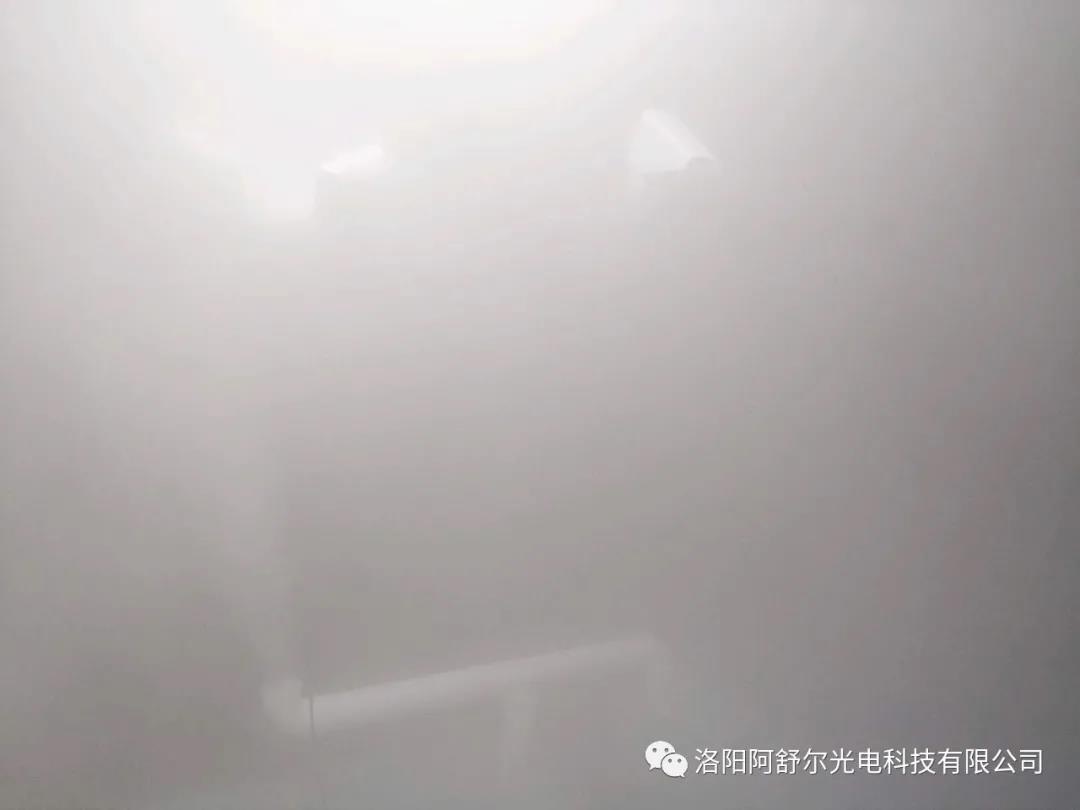
Figure 4 Professional Fog Laboratory
Users can request the manufacturer's instrument factory inspection report and the test report provided by a third-party testing agency.
Secondly, the response sensitivity of the visibility meter is calibrated by the manufacturer before leaving the factory. After users get the instrument, it is impossible to have access to the manufacturer's laboratory, but they can use manual testing to test the sensitivity of the instrument. For example, you can place an air humidifier in the sampling area of the instrument to artificially create a temporary fog zone environment; you can also use translucent plastic bags to intervene in the sampling area, etc. In addition, for precipitation weather phenomena, shower heads can be used to simulate rainfall to verify the recognition rate and sensitive performance of the instrument.
Users can verify the data feedback and sensitivity of the instrument themselves to ensure that it meets the technical requirements of the project, can be successfully accepted, and can be put into practice!
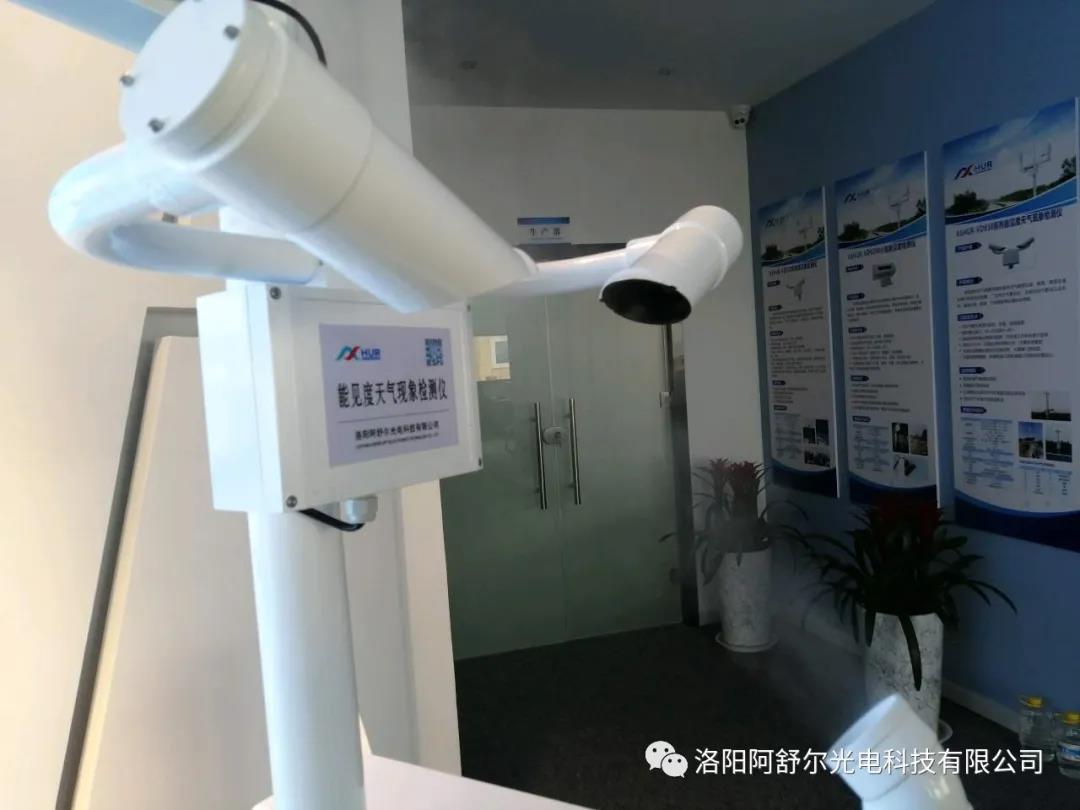
Figure 5 Using an air humidifier to create a foggy area environment